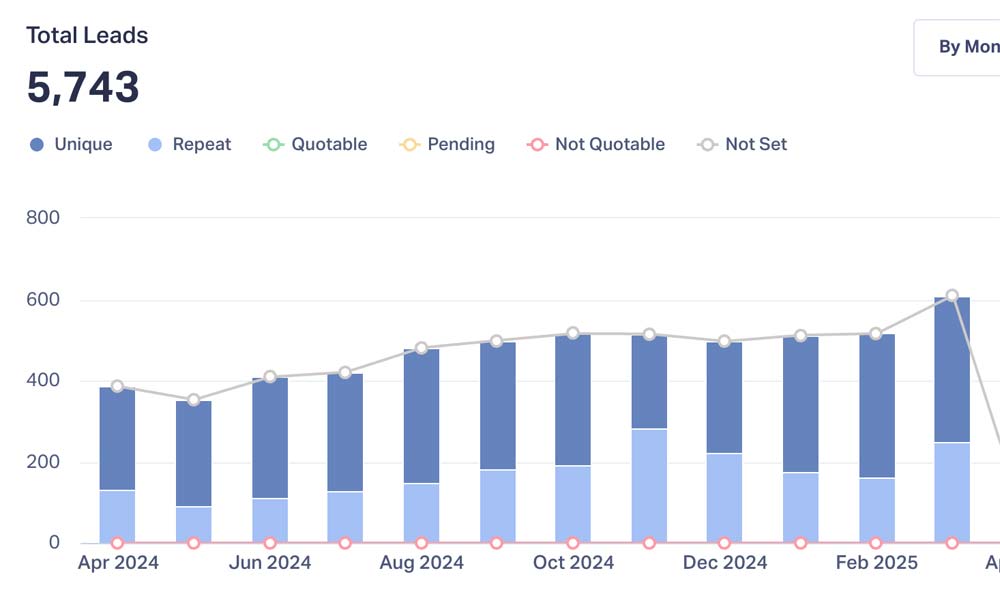In today’s data-driven business environment, every marketing initiative faces the same question: “What’s the return on investment?” For marketing professionals championing Search Engine Optimization (SEO), articulating its value to leadership can be particularly challenging. Unlike paid advertising with its immediate metrics, SEO is a long-term strategy whose full benefits often materialize gradually.
If you’re struggling to convey SEO’s worth to decision-makers who focus primarily on bottom-line results, you’re not alone. Here’s a straightforward framework to help you translate SEO efforts into language that resonates with executives and financial stakeholders.
Frame SEO as an Asset, Not an Expense

The first mindset shift needed when discussing SEO with leadership is positioning it as an investment in a growing asset rather than a recurring expense.
“The most effective way to explain SEO to financial decision-makers is to compare it to real estate,” says our digital strategy team at 321 Web Marketing. “While paid advertising stops delivering traffic the moment you stop paying, SEO builds equity in your digital presence that continues generating value over time.”
This comparison makes intuitive sense to business leaders: just as property appreciates and can generate rental income, well-executed SEO creates a durable asset (your organic search visibility) that delivers increasingly valuable traffic without proportionally increasing costs.
Connect SEO to Business Metrics That Matter
Executives aren’t typically interested in technical SEO metrics like domain authority or keyword rankings. Instead, focus on connecting SEO outcomes to business goals:
- Customer Acquisition Cost (CAC): Calculate how much it costs to acquire a customer through SEO versus other channels by dividing your SEO investment by the number of conversions it generates.
- Lifetime Value Ratio: Show how SEO often attracts higher-value customers with stronger purchase intent, resulting in better LTV ratios than many other marketing channels.
- Market Share Growth: Demonstrate how increasing organic visibility directly correlates to growing market share in your industry’s digital landscape.
- Content as Intellectual Property: Position your growing library of SEO-optimized content as valuable intellectual property that continuously works for the company.
Quantify the “Free Traffic” Dividend
One of the most compelling arguments for SEO is the cumulative value of organic traffic compared to what that same traffic would cost through paid channels.
Create a simple calculation: Take your monthly organic search traffic volume and multiply it by the average cost-per-click in your industry (available from tools like Google Ads or industry benchmarks). This shows what you would need to spend on paid advertising to generate equivalent traffic.
For example, if your site receives 10,000 monthly organic visits, and your industry’s average CPC is $3.50, you’re effectively getting $35,000 worth of traffic. Comparing this value to your actual SEO investment creates a concrete ROI figure that executives can understand.
Illustrate SEO’s Compounding Returns

Unlike paid campaigns that typically show linear returns, SEO often demonstrates a compound growth pattern that accelerates over time. Use historical data to show this trajectory:
- Chart organic traffic growth over 18-24 months
- Highlight how new content builds upon existing content’s authority
- Demonstrate how conversion rates from organic traffic typically improve as content matures and gets refined
This visualization helps leadership understand why early months might show modest returns while later periods deliver exponentially greater value.
Address the Timing Question Head-On
CFOs and executives are often concerned about how long they’ll need to wait for SEO results. Rather than making vague promises, provide a transparent timeline with clear milestones:
- Months 1-3: Technical foundation and optimization
- Months 3-6: Initial ranking improvements for targeted terms
- Months 6-12: Noticeable traffic growth and preliminary conversion data
- Beyond 12 months: Compounding returns and competitive advantage
Setting realistic expectations upfront prevents premature disappointment and builds credibility for your SEO initiatives.
Contextualize SEO Within Competitive Strategy
Finally, frame SEO as a competitive necessity rather than an optional marketing tactic. Research shows that approximately 53% of website traffic comes from organic search, making it the largest single channel for most businesses.
“In today’s digital landscape, not investing in SEO is essentially conceding ground to competitors,” notes our team at 321 Web Marketing. “Every day without strategic SEO is a missed opportunity to capture market share that becomes increasingly expensive to reclaim later.”
Final Thoughts
When explaining SEO ROI to executives, remember to speak their language: business outcomes, efficiency metrics, and competitive advantage. By framing SEO as a strategic business asset with quantifiable returns rather than a technical marketing expense, you’ll find it much easier to secure the support and resources your initiatives deserve.
With proper expectation setting and regular reporting on business-relevant metrics, you can transform SEO from a mysterious marketing tactic to a valued component of your company’s growth strategy—one that even the most scrutinizing CFO can appreciate.

